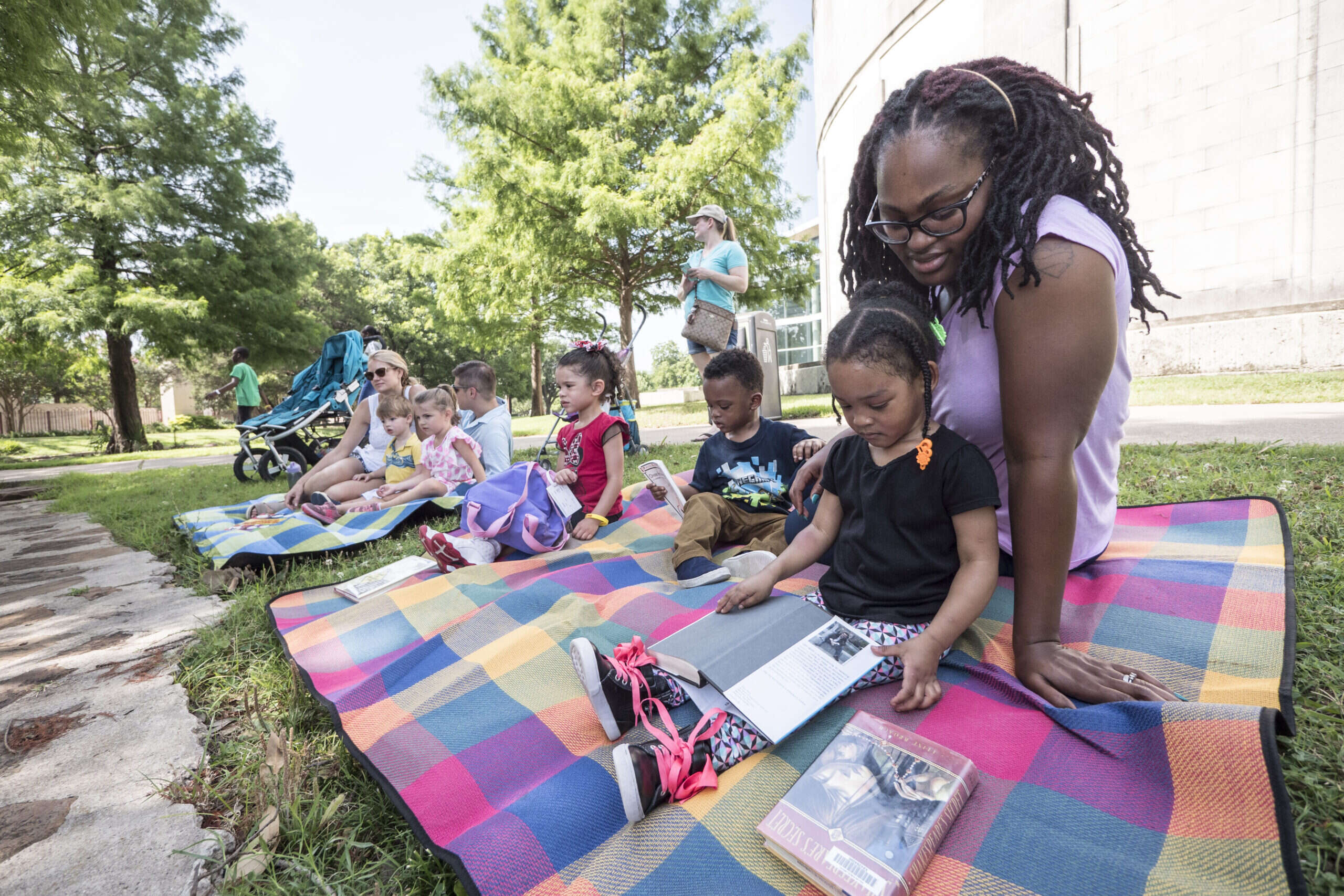
Fair Park is a 135-year-old landmark space just outside of downtown Dallas on a 277-acre plot of land. The park has an impressive list of accolades. It is the site of the 1936 Texas Centennial Exposition and the 1937 World’s Fair, is home to one of the largest collections of art deco architecture in the US, a National Historic Landmark, and home of the Cotton Bowl and the annual State Fair of Texas.
However, the park has a troubled past.
In the 1960s and ’70s, hundreds of black-owned homes and businesses surrounding the park were seized by eminent domain and repurposed into parking lots to accommodate the growing State Fair of Texas. Fences were erected around the entire perimeter of the campus, which further segregated the community from the park. These instances created distrust and resentment between Fair Park and the predominantly black and growing Hispanic neighbourhoods surrounding the park.
Sixty years later, in 2019, a group of new operators of the park – Fair Park First, OVG360, and my firm, Biederman Redevelopment Ventures (BRV) – embarked on re-establishing Fair Park as a place of activity, opportunity and community for South Dallas and beyond. The partnership is enhancing access and activity in the park, taking down fences, and ‘putting the park back in Fair Park’. A major first step in that initiative is to create a community park within the grounds of Fair Park.

Turning grey into green in Fair Park
Fair Park is meant to be an open, public park, but the campus is more hardscape than green space. BRV led the development of an updated master plan, in partnership with design firm Perkins and Will, with the principal goal of the plan to enhance access and green the park. The grounds are over 75% impervious surfaces, primarily parking lots. This has led to the park’s alternative moniker – ‘fair parking’ This overarching issue is the foundation of the plan’s recommendations: turn grey into green, increase the site’s resiliency against flooding, and create more access and usability.
[Read more: Redefining London’s social spaces]
The Fair Park campus sits adjacent to multiple different communities. With such a sprawling and diverse site, the plan proposes several nodes of green space – an 11-acre, signature Community Park, the 4-acre Music Green, four 1- to 3-acre ‘gateway parks’ situated at main entrances, and a naturalised walking trail. These green nodes are intended to remove the grey moats of parking lots that separate the park from the neighbourhoods, provide accessible park space year-round, even during major events, and create a contiguous campus.

Hopes of rebuilding Fair Park’s communities
The community park is the first project to be implemented from the Master Plan Update. The site is one of the large parking lots that was acquired via eminent domain in the 1960s, destroying a neighbourhood.
The location of the community park, as well as its size and amenities, were derived from an extensive engagement process during the master-planning process. A series of interactive engagement exercises were used to inform the process, focusing on the specific needs and desires of the adjacent neighbourhoods.
The main idea behind the new park is to give back to the surrounding community and to build a state-of-the-art space curated by the community – from design to programming to amenities. The park will be the epicentre of daily programming and will feature Texas-sized amenities – splash pads, multiple play structures for different ages and abilities, a community performance stage, a dog park and numerous gardens. Studio-MLA, out of Los Angeles, is leading the park design. The community park is slated for completion by the end of 2024.
The community park will be a centre for the surrounding neighbourhoods and will make Fair Park more welcoming. A large swath of parking lots will be turned green. The community park will create a new destination and activity node on the east edge of Fair Park and return the space back into an amenity for the neighbourhoods that were once destroyed.
The community park will, hopefully, be a major step in correcting a past wrong.
Author photo courtesy of Steve Fenn.
[Read more: Why urban green space needs to do more to serve diverse communities]





